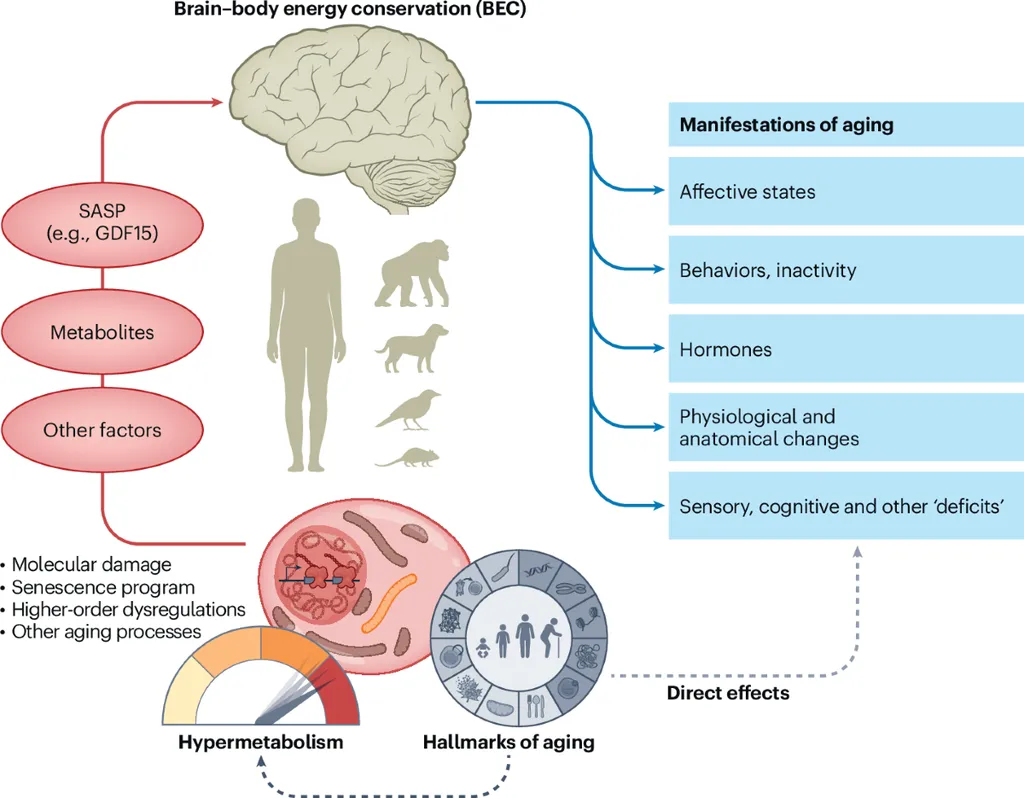In a world where the silver tsunami is reshaping societies, a groundbreaking review published in the journal *Materials & Design* (translated from Chinese as *Materials and Design*) offers a beacon of hope for the future of aging. Led by Yuye Liao from the Department of Spine Surgery at the Second Xiangya Hospital of Central South University and the Hunan Digital Spine Research Institute, the research delves into the transformative potential of biomedical engineering (BME) to combat age-related decline.
The global population is aging at an unprecedented rate, presenting immense challenges to healthcare systems. Traditional therapies often fall short in addressing the complex biological deterioration that accompanies aging. Enter biomedical engineering, an interdisciplinary field that is revolutionizing the way we approach geriatric care. Liao’s review highlights recent advancements in four critical BME domains: smart wearable devices, intelligent prosthetic systems, regenerative technologies, and advanced diagnostic imaging.
These innovations are not merely technological marvels; they actively engage with the fundamental hallmarks of aging. “Our review emphasizes how these platforms interact with cellular senescence, stem cell dysfunction, immune decline, and tissue microenvironmental imbalance,” Liao explains. This mechanistic approach allows for targeted interventions that can significantly improve the quality of life for the elderly.
The implications for the energy sector are profound. As the population ages, the demand for healthcare services will skyrocket, placing a tremendous burden on energy resources. BME solutions, with their focus on prevention and early intervention, can help mitigate this demand. For instance, smart wearable devices can monitor physiological parameters in real-time, enabling early detection of health issues and reducing the need for energy-intensive hospital stays.
Moreover, regenerative technologies and advanced diagnostic imaging can enhance the efficiency of medical treatments, leading to faster recovery times and lower energy consumption. “The multiscale mechanisms through which BME solutions exert therapeutic effects range from real-time physiological monitoring to targeted molecular interventions,” Liao notes. This holistic approach not only benefits individual patients but also contributes to a more sustainable healthcare system.
However, the path to widespread implementation is not without obstacles. Technical, regulatory, and ethical barriers must be overcome. Liao’s review addresses these challenges, providing a roadmap for future developments. “Interdisciplinary collaboration is crucial for accelerating the translation of BME-based strategies toward a future of healthy and functional longevity,” Liao emphasizes.
As we stand on the brink of a new era in geriatric care, the insights from Liao’s research offer a glimpse into a future where aging is not synonymous with decline. The commercial impacts for the energy sector are significant, with BME solutions paving the way for a more efficient and sustainable healthcare landscape. The journey is just beginning, but the potential is immense, and the future looks brighter than ever.

